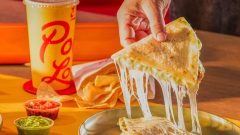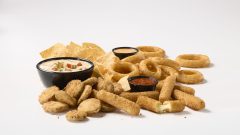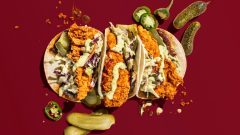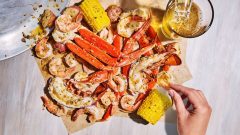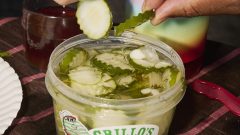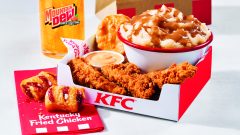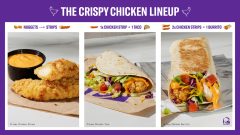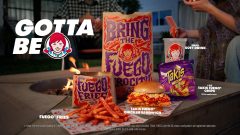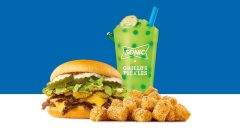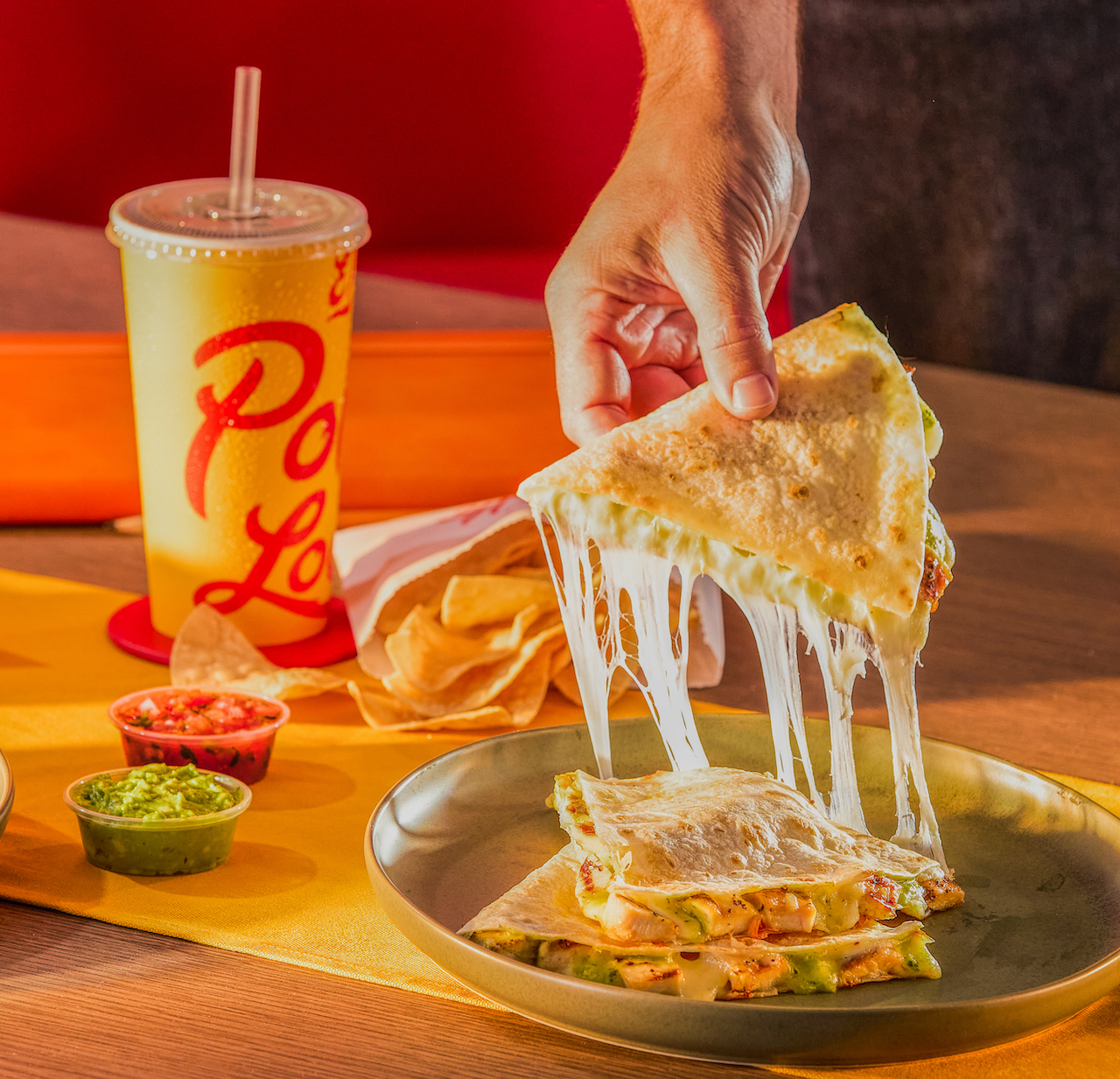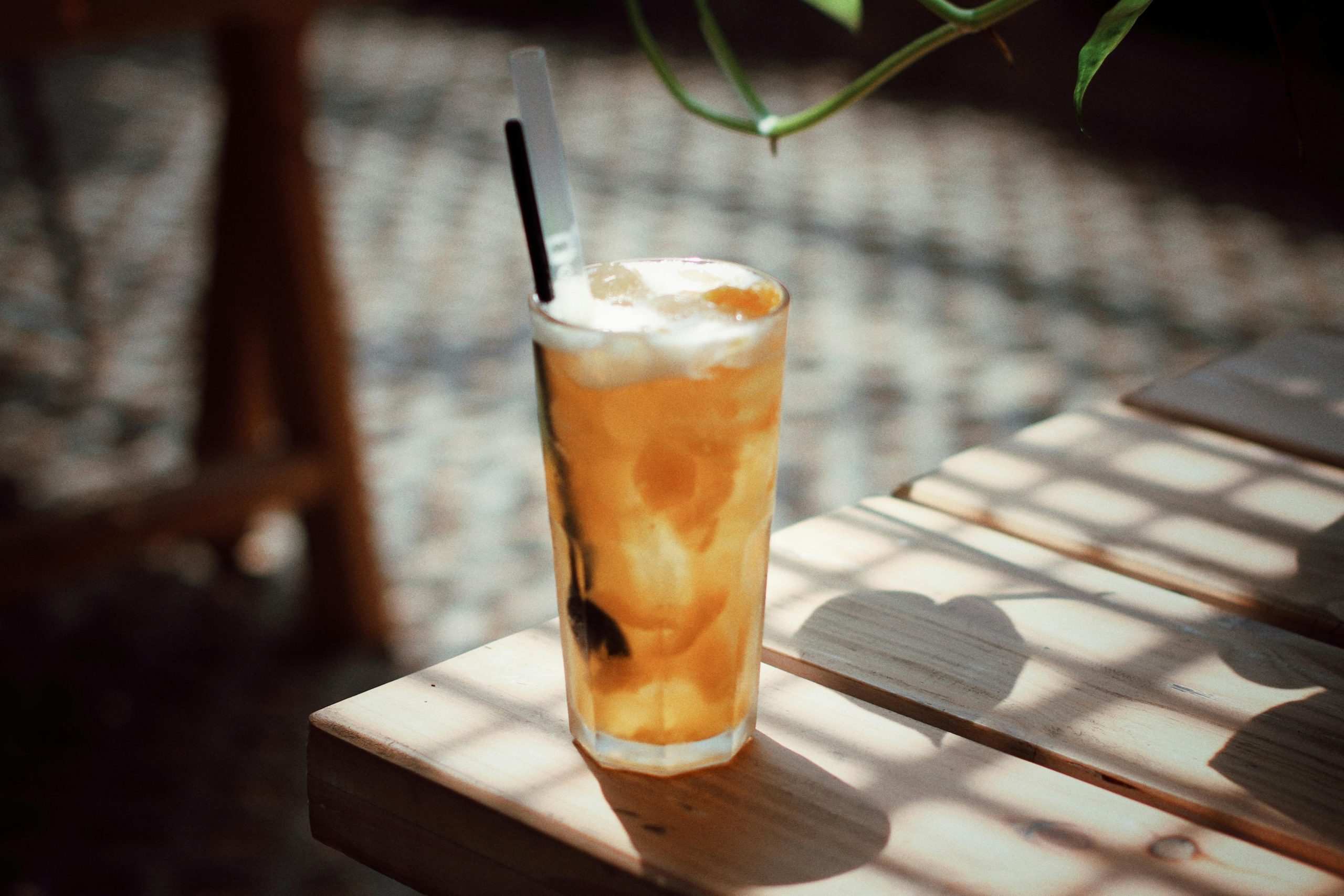Why Do Indian Americans Love Taco Bell?
Taco Bell is a staple in the Indian American community. We Desis – people of South Asian descent – are spread all over the U.S., building lives and exploring our distinct identities and interests throughout states like New Jersey, Virginia, Texas, and California. We have different tastes in music, unique relationships with the motherland, and varied levels of interest in Bollywood and the Priyanka Chopra-Nick Jonas relationship. But what connects us even more to our roots is our love for Taco Bell.
Growing up, my family would make trips to the Taco Bell nearest to our house a few times a month. My parents would order a Nacho Bell Grande for the four of us to share, and we’d each get a Chalupa Supreme or Mexican Pizza. In college, I graduated from Mexican Pizzas to Cheesy Gordita Crunches: a hard-and-soft double shell taco glued together with cheese, filled with lettuce, more cheese, sour cream, and beans subbing for beef. I joined an Indian dance group my freshman year, and my teammates and I would grab Taco Bell before and after our competitions, taking up several tables in the basement of Union Station in D.C., or half the restaurant of a chain in whatever city we’d be visiting.
…I’ve been eating Taco Bell for literally as long as I can remember.
When my parents and I immigrated to the U.S. in 1998, I was three, meaning all my memories are after the move, after being introduced to Taco Bell. In other words, I’ve been eating Taco Bell for literally as long as I can remember. I never thought much about my relationship with the fast food chain until after I graduated from college, when my parents, my brother Bhuvan, and I were packed in my mom’s car heading to our cousins’ house in Massachusetts for Labor Day weekend.
In the car, my blood boiled as we circled through one argument after another. My mom calling out my dad for driving aggressively. My dad yelling at Bhuvan for not being more helpful navigating, which to him meant simply repeating what the GPS said. Me yelling at my dad for yelling at Bhuvan. My mom telling me under her breath to not get involved. It seemed the only thing we could agree on was that if we were stopping for food, we’d stop at a Taco Bell.
“Did we always eat Taco Bell?” Bhuvan asked, interrupting a forced silence and using a safe topic to dilute the tension in the car.
“Mhmm, even when we lived in Kingwood,” my dad answered, referring to a time before Bhuvan’s birth and before our move to New Jersey in which the three of us lived in Texas.
“Back then it was so cheap too,” my mother said.
I recalled anecdotes of our time in Texas, of my mother once telling me that when we were fresh immigrants, they would have to decide some weeks between a gallon of milk or a phone call home to their parents in India. In college, I thought nothing of not talking to my parents for a full week. For them, at least back then, that time was everything.
“Ninety-nine cents,” my dad said. “A Mexican Pizza cost 99 cents.”
“What does it cost now?” Bhuvan asked. None of us knew the answer.
“A Chalupa used to cost 88 cents, and a Mexican Pizza cost 99 cents. That’s why we got the Mexican Pizza for Didi, and a chalupa each for ourselves,” my mom said.
I turned from staring out the window to look at my mother sitting beside me in the back seat. “Why?” I asked. “Why didn’t you just tell me to get the Chalupa?”
My mother shrugged, like it was nothing to her to splurge on a more lavish meal option for her three-year-old daughter’s expensive taste.
“I would’ve understood,” I said, recalling moments growing up when my parents taught me to take lunch to school rather than buying pizza from the cafeteria, to borrow books from the library instead of collecting piles from Barnes & Noble.
“We wanted to give you what you wanted,” my dad said, looking at me in the rearview mirror. His tone was calm, reasoning, as if he were explaining himself to me what being a parent looks like, rather than reminding both of us how much he’d done for me.
I burst into tears at the thought that my parents, who had done so much for me, including paying for my college tuition and saving me from student debt, had been counting dimes just a decade and a half prior.
In college, when I walked into a Taco Bell, I felt at home. The closest Taco Bell near my Foggy Bottom campus was at Union Station, and paying a visit required a twenty-minute commute on the Metro, a line transfer, and Metro fare there and back — a heavy price for fast food. Taco Bell trips were few and far between, so any Crunchwraps I scored were all the more precious. In my suburban New Jersey town, my parents and I would drive just over a mile down our street to get to paradise. Any time we’d come home after a beach day, or on vacation, or be too tired to cook, we’d get Taco Bell. Any time I visited from college, they’d pick me up from Newark’s Penn Station and we’d stop by Taco Bell before heading home.
Sitting in the car as a recent graduate, I thought about what Taco Bell must’ve felt like for my parents in the late 90s: like luxury, like being a good parent, like making sacrifices in a new country so their child wouldn’t have to.
Amongst us NRIs – Non-Resident Indians – Taco Bell is a known love; there are entire Reddit threads and memes celebrating and questioning Desis’ affinity for the fast food chain. Considering a few factors that distinguish Taco Bell from other fast food – and other Mexican or Tex-Mex options – our love isn’t a big surprise. One, Taco Bell is easily made vegetarian, making it appealing to many Indian families, whose religious or cultural values might create a certain proclivity towards foods that are meat-free. And while chains like McDonald’s or TGIFriday’s still fry their vegetarian offerings — French fries, onion rings, mozzarella sticks — in the same oil they use for meat products, Taco Bell promises that their vegetarian foods are truly vegetarian, cooked in corn oil rather than lard, and fully avoiding any cross-contact with meat. For vegetarians on stricter diets, this difference is imperative and it’s something not all fast food places — or more authentic Mexican joints for that matter — will promise. And while places like Burger King, Del Taco, and more are hopping on the trend to offer meat substitutes like Beyond Meat or Impossible Foods, Taco Bell reminds us that it has always committed itself to being veg-friendly.
SHE WILL CHANGE FOR NO MAN https://t.co/tUVxw94gX1
— Virali Dave (@ViraliDave) June 21, 2019
Redditors also speculate that the items at Taco Bell — be they tacos, burritos, Crunchwraps, or Chalupas — bear a resemblance to roti and sabzi — an Indian flatbread accompanied by a medley of vegetables. I can recall my own mother commenting on the familiarity of the Chalupa’s outer shell. My father describing the dollar menu’s beans and rice as rajma chawal — a dish of rice with kidney beans. My brother noting how both cuisines affect bathroom visits in a distinct way.
But maybe there’s something about the cuisine itself. Because though the beans are different – Indian dishes don’t include refried beans – the taste is universal. It’s doubtful that any singular culture can claim having invented eating legumes with grains.
The fact remains that Taco Bell has flavor, often customizable due to their hot sauce packets, available at varied spice levels. And it’s no secret that Indians love spice. My father can knock back chilis like popcorn, and if we eat out, we always shower our plates with extra salt and pepper. There’s a scene in the Bollywood film Queen, where Kangana Ranaut’s character Rani goes to Amsterdam. She sits at an Italian restaurant, adding pepper to her food. The chef sees her and asks sarcastically if she needs anything else. She asks him to bring out sauce, burnt garlic and ginger, dried chilies, and lemon. Oh, and it needs salt. He listens to her lists and tells her he doesn’t make Indian food, he makes Italian food. Why add all the other ingredients? “It tastes good,” Rani tells him with a smile. “It tastes better.”
“You know this is not Indian food?” the chef asks her. He stands and tells her angrily, “You Indians put chili everywhere. You can’t put chili everywhere.”
Indians are often criticized for over-spicing our food. But according to our palates, if you don’t have flavor, you’re doing it wrong. And that flavor had better be strong. The customizability that Taco Bell often allows for — combined with the fact that the food is already seasoned well — can certainly explain part of the chain’s appeal to Indian Americans. With five packets of Fire Sauce, and Diablo if he’s feeling the mood, my dad can put chili everywhere.
It’s worth remembering that Taco Bell is also cheap, great for new immigrant families. But my parents and I have been in the U.S. for over two decades now, and we don’t eat Taco Bell any less than we used to. If anything, we eat it more, no longer limiting ourselves to just one item on the menu, no longer counting dimes. And more affluent Indian American families have long loved the chain too. Maybe there’s a reason we stick with the food even when we can afford to eat out at more upscale places.
For NRIs and Taco Bell, maybe it all goes back to immigration and home-building. For families that move to the U.S., Taco Bell is first an affordable option, a place they can order Chalupas, and occasionally splurge on a Mexican Pizza for their children. As time passes on, as early immigrants become full-fledged NRIs, it remains a place to go as a family, for food that everyone likes. It is familiar, safe. For those of us who are first or second-generation Indian Americans, it is the very definition of home, synonymous with family bonding and the security that comfort food allows for.
A year and half ago, I moved from my parents’ home in New Jersey to my very first apartment in Los Angeles. I was paying my own rent for the first time, beginning my own adult life. I was doing laundry in a laundromat, the way my mother did when we were still new immigrants, before we lived in homes with our own washer and dryer. I looked at children running around while their parents folded sheets and shirts, and I saw myself in them. Then, I saw my parents in myself — all of us in our twenties, all of us building new lives in new places.
Shortly after moving to L.A., I found myself in a relationship with a boy who did all the right things: texting me back on time, buying me flowers just because, and making me feel taken care of. The only problem: he’d never had Taco Bell. Instead, he’d grown up eating Del Taco, shoving after-school orders of queso fries into his mouth the way I’d grown up shoveling sporkfuls of Mexican Pizza into my own. As our relationship progressed, we took things to the next level: I showed him my fast food joint and he showed me his.
He wasn’t wrong about Del Taco’s queso fries being great; the pickled jalapeños topping the crinkle-cut fries carried a wonderful kick. When we paid a visit to Taco Bell, I felt like I was bringing him home to meet my parents. I was nervous, anticipating his response to the new flavors, crossing my fingers that he’d approve. Would he appreciate it as much as I did? It was the ultimate Litmus test.
In the drive-thru, I asked him what he wanted. Words like “Mexican Pizza,” “Crunchwrap Supreme,” and “Chalupa” meant nothing to him, and so I ordered for him, introducing him to his first Cheesy Gordita Crunch. I watched his face as he had the first lick of spicy ranch. The first bite of hard and soft shell. The first drizzle of Fire sauce.
He closed his eyes and smiled as he chewed, going back for bites of his own food before reaching for my spork to try my Mexican Pizza.


